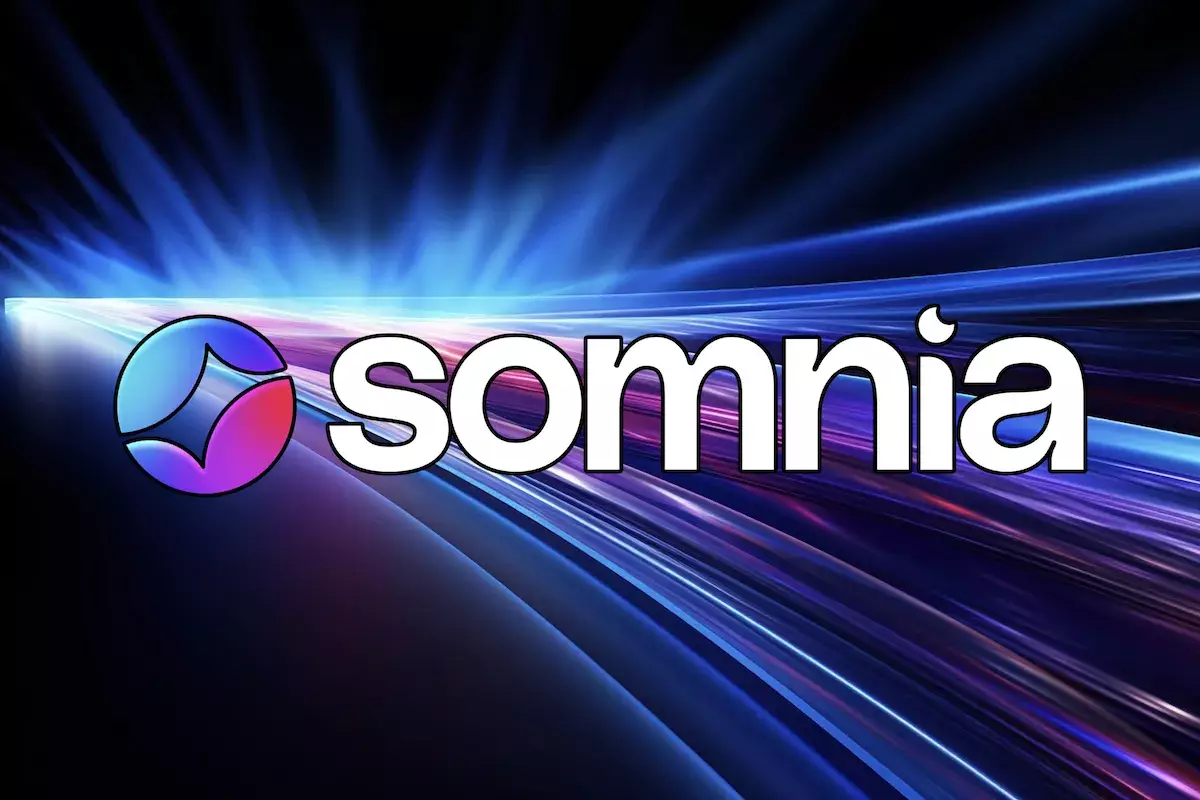In the evolving landscape of blockchain technology, scalability, speed, and efficiency remain critical challenges. Somnia, a newly launched Layer-1 blockchain, has emerged with transformative capabilities that promise to redefine user expectations. The recent performance metrics released from the Somnia Development Network (Devnet) showcase staggering data handling capabilities, including the ability to operate with impressive transaction speeds and reliable performance under real-world conditions.
A key highlight from Somnia’s Devnet tests is its ability to facilitate an astonishing 1.05 million ERC-20 token transfers per second (TPS). This level of throughput is groundbreaking, suggesting that the network can support a myriad of applications simultaneously while maintaining rapid response times. Coupled with the ability to mint 300,000 Non-Fungible Tokens (NFTs) each second, Somnia is not just hitting the mark—it is setting new records that challenge preconceived notions of blockchain capabilities.
The tests also extended to decentralized finance (DeFi) applications, with Somnia demonstrating the capacity to process 50,000 trades per second across 100,000 different accounts. This suggests an infrastructure built to accommodate the massive transaction volume and user activity that characterizes the current and future state of decentralized exchanges like Uniswap, thereby resolving a long-standing pain point for developers operating in this space.
Somnia’s remarkable performance is largely attributed to its innovative architecture. Developed by Improbable, the platform employs a custom Ethereum Virtual Machine (EVM) compiler and advanced data compression methods that aim to streamline transactions. This design decision empowers Somnia to efficiently manage extensive data loads, ensuring that processing times remain exceptionally fast—averaging just 100 milliseconds per block. Consequently, users experience minimal delays, translating to a smoother and more user-friendly interaction with blockchain applications.
Additionally, Somnia’s IceDB, a specialized database highlighting read-and-write speeds in nanoseconds, is a noteworthy feature. Operating in the range of 15 to 100 nanoseconds, this ultra-fast database not only guarantees swift data handling but also contributes to maintaining low transaction costs—often under a penny. This focus on cost efficiency is essential in attracting developers and users alike, fostering an environment where on-chain applications can thrive without worrying about prohibitive fees.
According to Paul Thomas, the Founder and CEO of Somnia, these impressive results reaffirm the platform’s commitment to addressing the demands of high-performance decentralized applications (dApps). Thomas emphasized that the outcomes from the Devnet tests herald a transformative era for on-chain applications that transcends the limitations established by previous technologies.
While developers have historically faced obstacles related to speed and scalability, Somnia’s findings suggest these barriers may soon be a thing of the past. The team is looking toward a public testnet launch to enable developers and community members to fully explore the platform’s strengths. This move is significant as it invites the broader community to engage directly with the technology—experimenting with gaming platforms, finance applications, and social networks on a robust blockchain infrastructure.
As Somnia prepares for its public testnet phase, the team is consciously focused on continuous improvement of its core technology. By maintaining a dual emphasis on speed and affordability, Somnia is poised to ignite a new wave of on-chain experiences that push the frontiers of what is possible in the blockchain space.
The outstanding results from the Devnet trials serve as a promising precursor for Somnia’s future. Should these capabilities translate successfully to the public testnet, the implications for the Web3 ecosystem could be profound. Somnia could well stand at the forefront of introducing a new pace of innovation, enabling developers to design and deploy sophisticated applications that were previously limited by technological constraints.
Somnia’s Devnet performance sheds light on the future potential of blockchain technology. With its focus on speed, scalability, and low costs, Somnia may very well be paving the way for a dynamic shift in how digital applications operate in an increasingly decentralized world.

